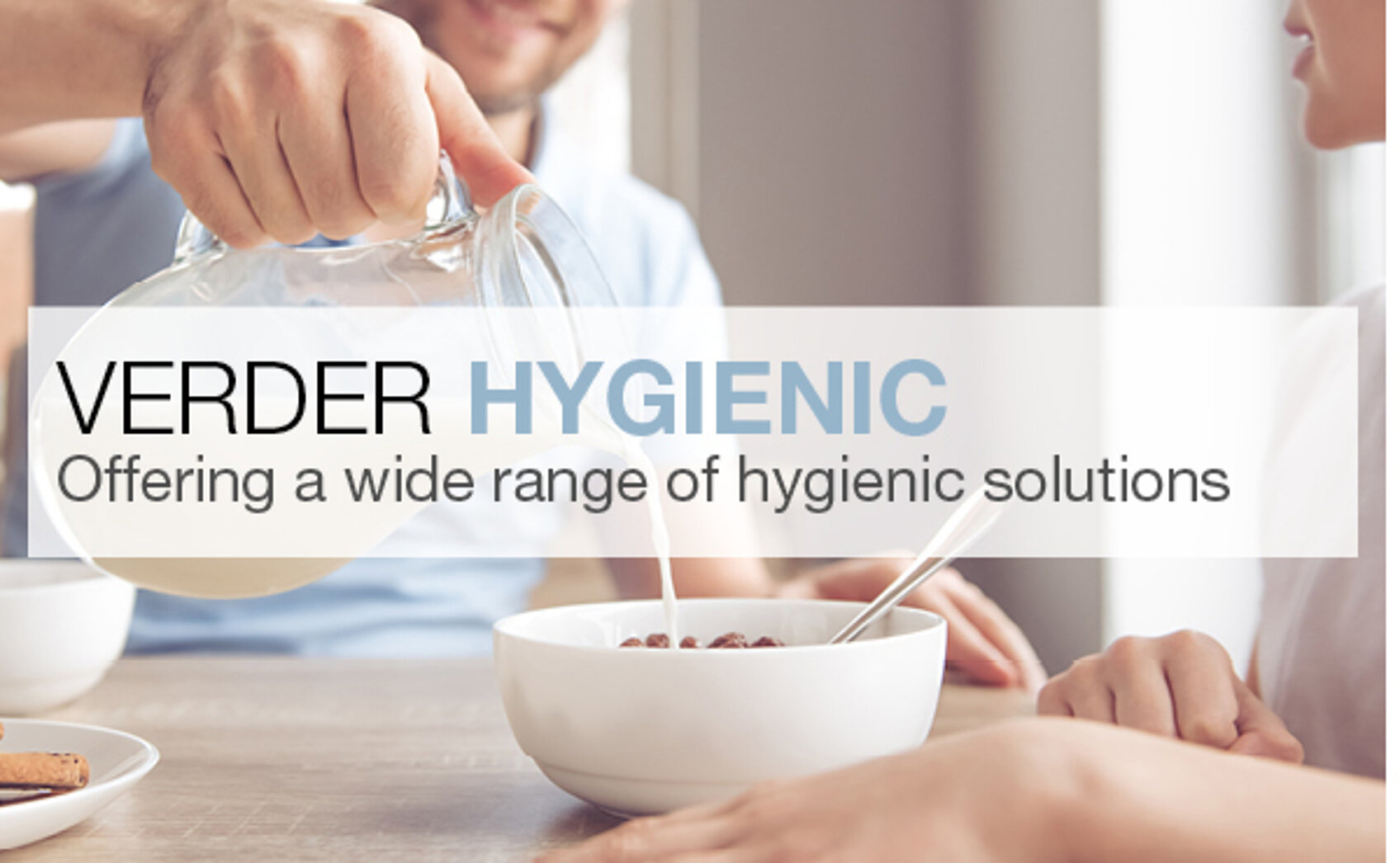Modern consumer tastes and corporate retail demands for new flavours, fashions and fads has created a demand for ever-greater quantity of product lines. This demand runs somewhat contrary to the operation of traditional dedicated process lines where there is one pipe-run for one product.
In fact, previously, if a company wanted to produce more lines of products, they needed to build more production lines, recommission an existing line or suffer downtime cleaning and turning around a line in operation. However, modern production facilities - particularly in food, beverage, pharmaceutical and cosmetic production - have moved from a dedicated production line for each product to an innovative multi-product line which could be processing several different food stuffs, liquids or slurries every day.
This has placed a lean, flexible manufacturing process as the engine of a successful operation – and the manufacturing process needs to be consistent and reliable to accommodate perishable ingredients, storage, short-lead times for retail clients and, of course, maintain a safe and hygienic production line.
There are challenges with the multi-product line approach that every production manager will invariably face. For instance, deciding on how best to manage the transition of one product to another when using the same line for batch production. Also, a potential hazard to a multi-product line approach is cross-contamination, which can result in spoiled product, shorter shelf-life, production downtime and risks to employees during the cleaning process.
Selecting the right pumping solutions is therefore critically important to rise above these challenges!
A poorly designed pump system can lead to high consumption of power and premature wear or failure of components in the system - as this is not isolated to the pump itself - and can impact on instrumentation, piping, valves and ancillary equipment too. There is also the risk of a complete plant stoppage – and excessive breakdowns have the potential to increase the risk to personnel, as emergency repairs will have to be carried out over-and-above routine planned maintenance.
It should also be noted that any of these possible scenarios are guaranteed to increase labour costs and inventory of spare parts, leading to production costs being driven up and therefore increased cost of the product manufactured.
With this in mind, the right pump for the application should be selected based on the following considerations:
· The pump is made of the highest materials quality – and consider the material make-up of the pumping system to the product being pumped (i.e. electropolished stainless steel or centrifugal pumps that offer clean-in-place (CIP) technology)
· The pump design or technology should be suitable for the product being transported
· Suitable pump design for the duty cycle required
· The pump itself and the system design must allow for efficient operation – that the pump is selected to operate at the best efficiency point on the performance curve – and suitably for the multi-product line
· The speed of the pump on duty point – and that the pipe work is designed around correct velocities
· Power supply is adequately sized, and correct switch gear is utilised
· The correct valves are in the system – and in the correct positions
We understand that navigating the technical obstacles of selecting the right pumping solutions for specific applications can be complex. However, providing all the necessary information upfront offers added assurance that the pump manufacturer will be able to supply the right solution that is 100% fit-for-purpose for the application.

